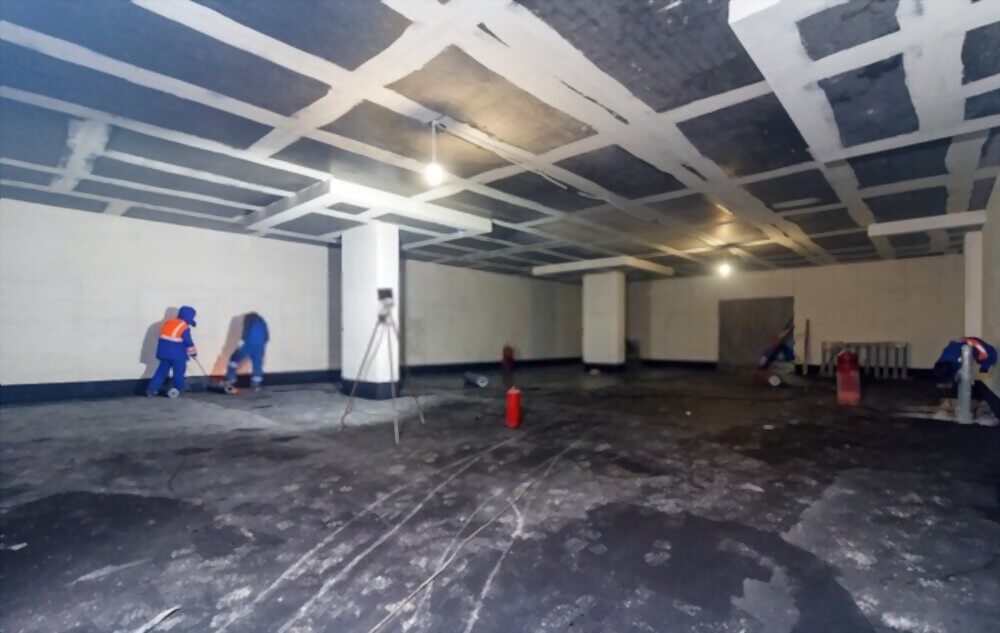Waterproofing is a vital aspect of maintaining the stability and lifespan of tanks and swimming pools, as well as houses and structures in overall. Water damage can lead to high repairs, health risks, and structural issues if left unaddressed. Whether you’re dealing with a cellar that floods during intense storms or a pool that leaks, understanding the significance of adequate waterproofing techniques is necessary for any property owner. This article will walk you through the best practices in waterproofing, helping you protect your investment and ensure a safe environment for your family.
In an era where the results of water damage can be devastating, knowing how to efficiently waterproof your buildings becomes increasingly important. From debunking common waterproofing myths to exploring the distinctions between inside and outside solutions, we will cover everything you need to know about preventing water-related issues. Come along as we explore how waterproofing can save you a significant amount in repairs and the clues that indicate your building might need prompt attention. This thorough approach will equip you with the understanding necessary to address waterproofing head-on and make informed decisions for your building projects. ### Essential Waterproofing Practices
Effective waterproofing begins with understanding your property's unique needs. Assessing areas that are most susceptible to water damage is crucial. Common problem areas such as basements, roofs, and pools need special care. Routine inspections can aid in detecting current problems or future threats. Establishing a regular maintenance routine can keep these areas well-maintained, stopping water infiltration before it leads to expensive issues.
Choosing the right waterproofing method is essential for long-lasting protection. For basements, consider interior and exterior solutions, as each has its advantages depending on your home's structure. Roof waterproofing is another critical area; flat roofs, in particular, benefit from specialized coatings that prevent leaks. Swimming pools demand an all-encompassing waterproofing strategy to avert leaks and fractures, guaranteeing they stay safe and enjoyable over time. Understanding the right product for each application will not only enhance effectiveness but also contribute to the longevity of your structures.
Lastly, hiring a professional waterproofing contractor can make a significant difference in the success of your waterproofing efforts. Experienced professionals can provide tailored solutions that address your property’s specific challenges. They can also help debunk common waterproofing myths, ensuring you invest in methods that truly work. By employing these essential waterproofing practices, you can safeguard your investment and minimize the risk of expensive repairs down the line.
Common Moisture Protection Myths
Numerous homeowners think that waterproofing is merely necessary for areas that are frequently subjected to water, such as cellars and washrooms. This myth can result in neglecting additional areas like ceilings and patios, which are similarly vulnerable to water damage. Failing to https://aluneed.ca/ can result in significant structural issues over time, such as mold growth and degrading materials. Effective waterproofing should be considered for all parts of a home, not just the most obvious areas.

A further common fallacy is that every waterproofing products are the same kind. In fact, various materials and solutions are designed for particular purposes and conditions. For case, the waterproofing needed for a shower is different from that needed for a basement. Using the incorrect type can lead to inadequate protection and expensive repairs. Homeowners should carry out extensive research or obtain professional advice to select the correct products for their needs.
Some people also believe that once a building has been waterproofed, little further maintenance is required. This is false, as waterproofing systems can deteriorate or become impaired over time due to external influences or structural shifts. Frequent inspections and maintenance are crucial to ensure continued effectiveness. Ignoring this factor can lead to serious water damage and repair costs, undermining the initial investment in waterproofing.
Choosing the Proper Waterproof Options
In regards to picking waterproofing solutions, comprehending the specific demands of your building is essential. Distinct areas of a building may require unique approaches, such as interior compared to exterior waterproofing. For example situation, basements may need more robust methods to combat moisture from the ground, while roofs require materials that cope with harsh weather conditions. Assessing the environment, climate patterns, and the overall structure will guide you toward the most effective waterproofing options.
It's also important to think about whether to take a DIY approach or hire a specialist. DIY projects can cut money, but they often come with challenges if not done accurately. Expert waterproofing solutions may be more affordable in the long run, as they typically include warranties and comprehensive assessments. Knowing the benefits and drawbacks of each option can help you make informed decisions that align with your financial plan and building’s specifications.
In conclusion, examine various waterproofing materials available in the market. From coatings to membranes, the right product can enhance protection against moisture damage substantially. Look for options that are sustainable and have a established track record. Research reviews, ask for recommendations, and don’t shy away to consult waterproofing contractors to ensure you choose trustworthy choices that will provide lasting protection for your property or building.
